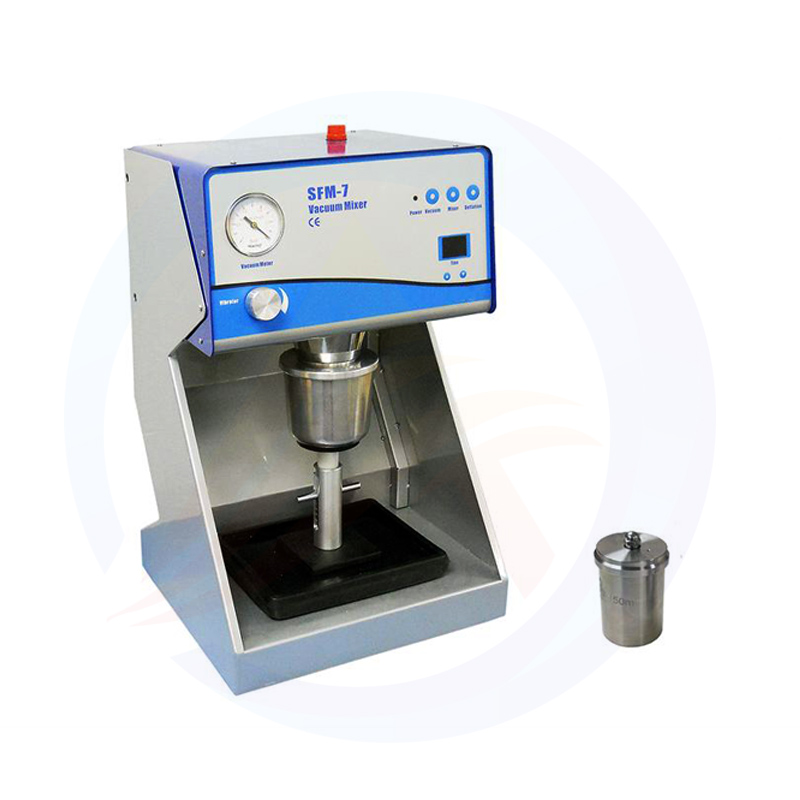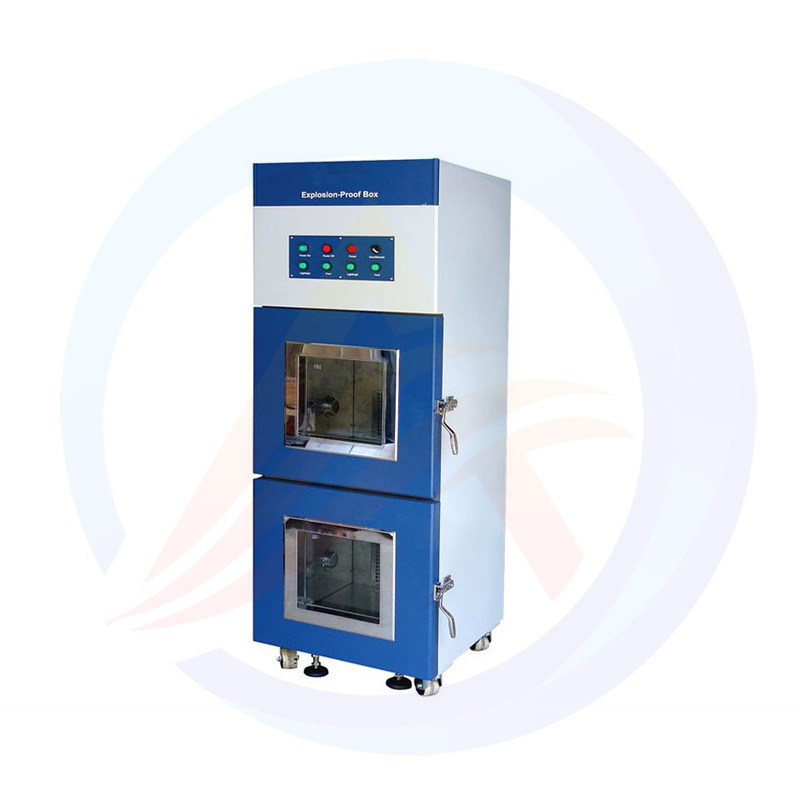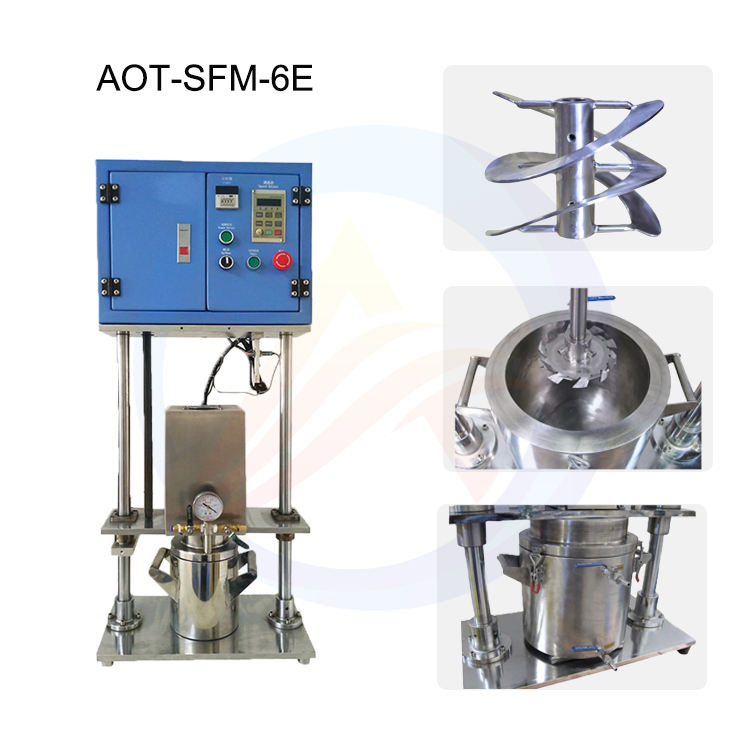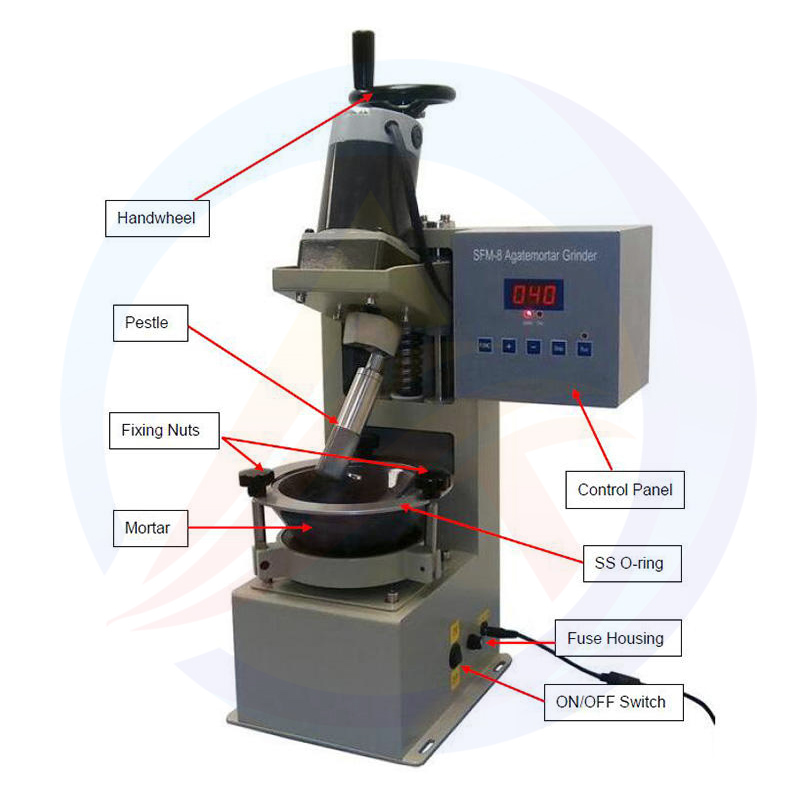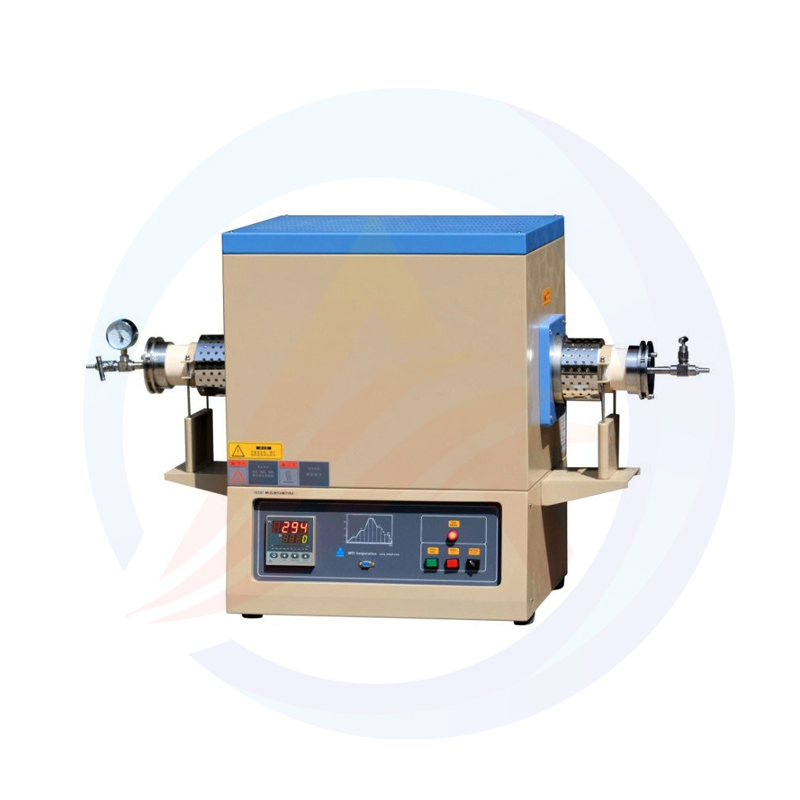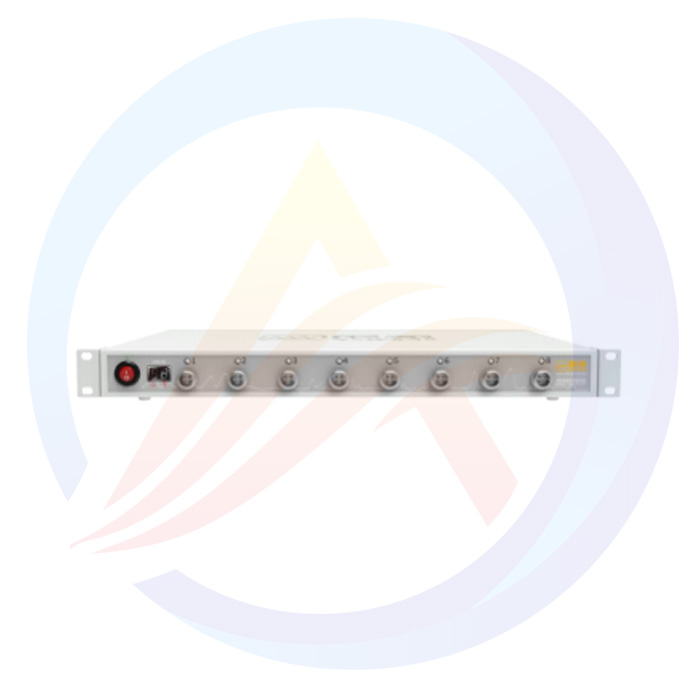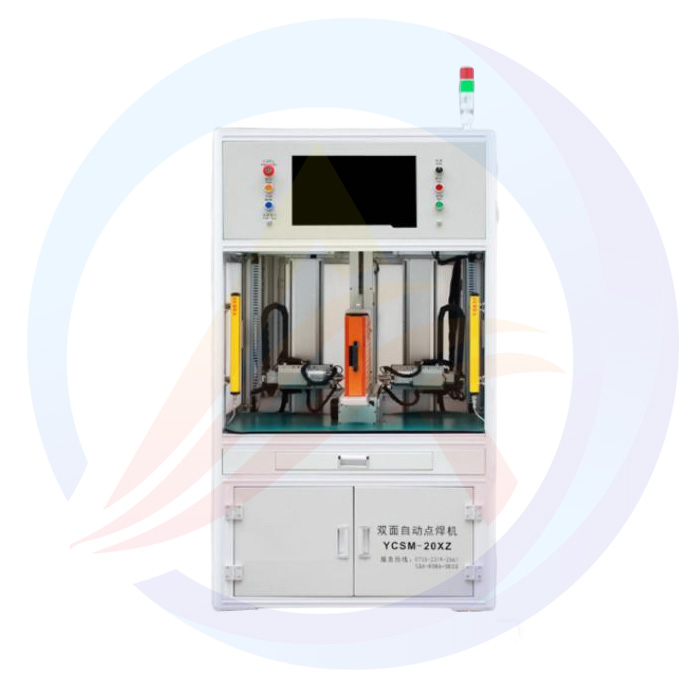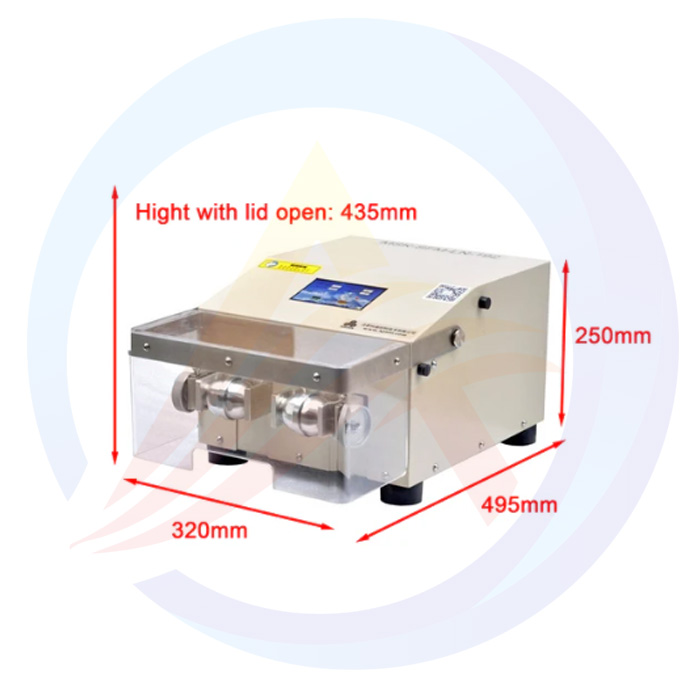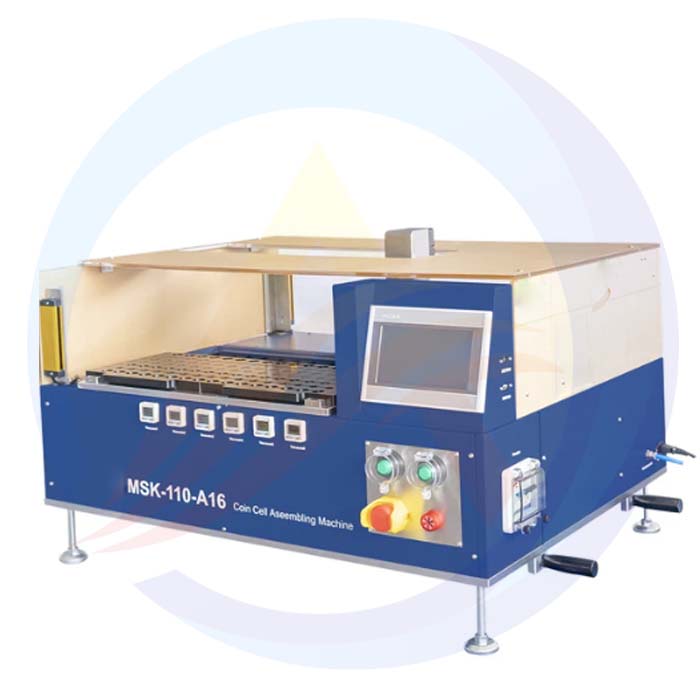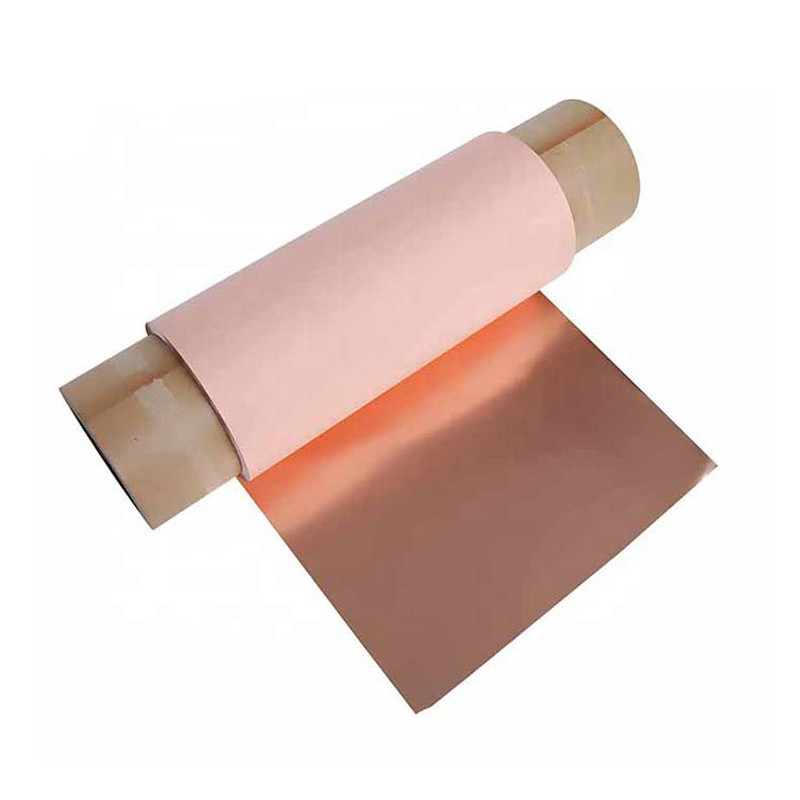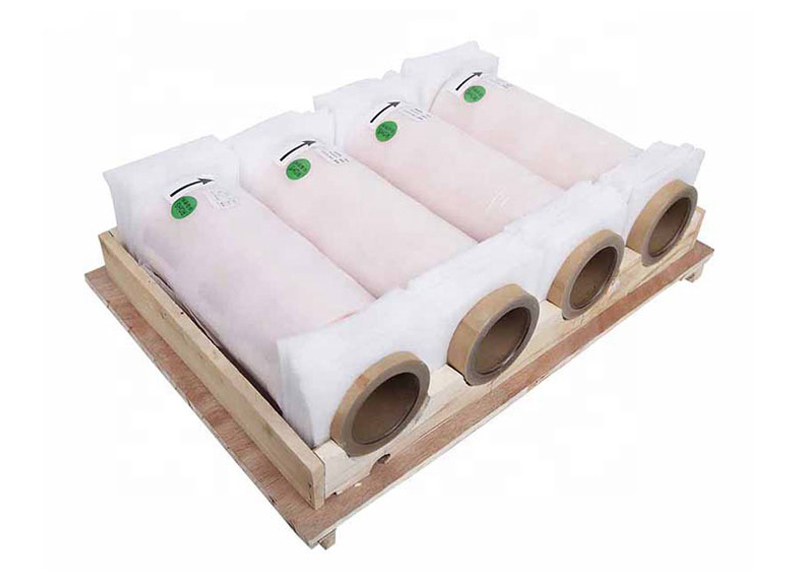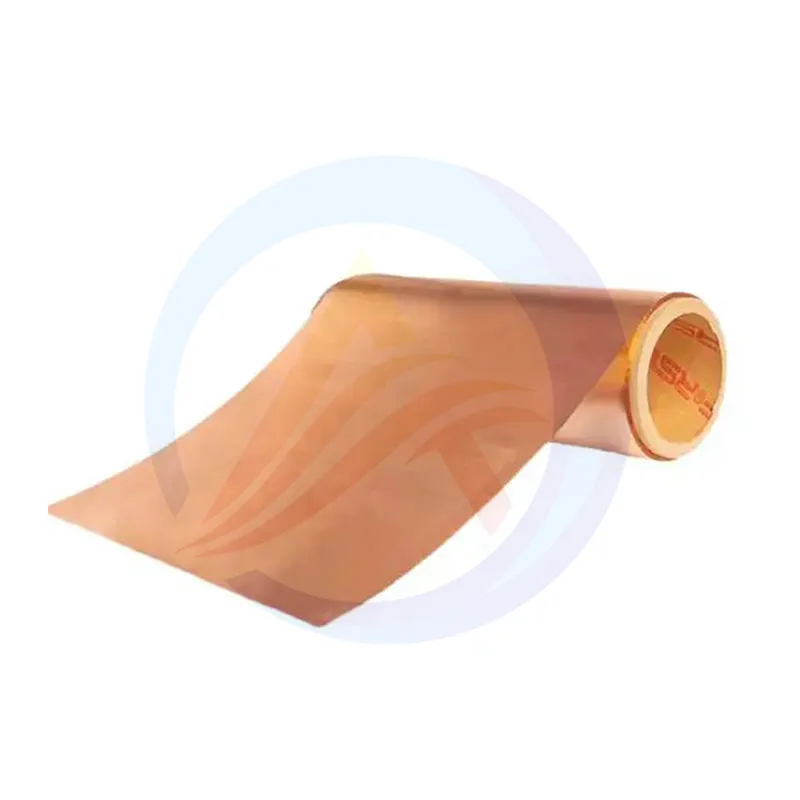Battery Copper foil is crucial in modern technology and manufacturing. It plays a crucial role in energy storage, electronics, and industrial applications. The reason why copper foil this material is widely popular is its extreme durability, flexibility, and excellent conductivity. It is also commonly used for printed circuit boards (PCBs), lithium-ion batteries, and electromagnetic shielding. It can improve performance and efficiency, making it an essential material for industries such as automotive, telecommunications, and renewable energy. With the advancement of technology, the demand for high-quality copper foil is also rapidly increasing.
Key characteristics of high-quality copper foil
Excellent conductivity
High quality copper foil has good conductivity, allowing current to flow smoothly in the circuit. Low resistance can reduce energy loss, which is crucial for effectively improving performance. Copper foil is commonly used in printed circuit boards (PCBs) and batteries to provide stable and reliable power.
Uniform thickness and smooth surface
In modern applications, maintaining consistent width is key to ensuring reliable performance. High quality foil has uniform thickness, thereby improving its efficiency. A smooth surface is crucial for firmly adhering to electronic devices and efficiently transferring energy.
High durability and mechanical strength
The durability of copper foil is crucial as it needs to withstand physical stresses during use. High quality copper foil is sturdy and flexible, helping to prevent cracking or damage. Therefore, this ensures its reliable performance in complex environments such as flexible circuits and wearable devices.
Excellent oxidation resistance and corrosion resistance
Copper is easily oxidized, which may affect its performance. High quality foil can prevent rust, maintain good conductivity, and ensure its long-term reliable operation in electronic products.
How is copper foil made?
Copper foil is mainly manufactured through two methods: electrodeposition and rolling. Electrodeposition refers to the process of melting copper in a chemical solution and then rolling it onto a moving drum to produce thin sheets. This method can perfectly control thickness and brightness, making it an ideal choice for meeting high-performance requirements.
The rolling method requires a series of compression steps to mechanically flatten copper ingots into thin sheets. Both methods have good conductivity and flexibility, making copper foil an ideal material for electronic products, batteries, and protective materials.
What is its main role in lithium-ion batteries?
Current collector in lithium-ion batteries
This material is the main current collector for the anode of lithium-ion batteries. It can efficiently conduct electrons generated during charging and discharging processes, ensuring minimal resistance and energy loss. Its high conductivity can enhance battery performance and provide a stable and efficient path for current flow within the battery system.
Structural support of anode materials
Anode materials (such as graphite or silicon) are coated on foam copper sheet, and foam copper sheet plays a role of structural support. This ensures the uniform distribution of active substances, thereby improving battery efficiency and lifespan. The stability and flexibility of the foil can prevent material detachment, thereby enhancing the overall reliability and performance of the battery.
Improve battery efficiency and energy density
Copper foil plays a crucial role in improving battery efficiency as it can increase energy density. Copper foil can withstand high current loads, ensuring that lithium-ion batteries can effectively store and release energy. The lightweight and thin properties of copper foil contribute to the manufacture of compact high-capacity batteries for modern electronic devices and electric vehicles.
Improve thermal and chemical stability
Lithium ion batteries generate heat during operation, and Copper foil helps to effectively dissipate heat. Its excellent thermal conductivity can prevent overheating and reduce the risk of battery failure. In addition, its chemical stability ensures the corrosion and degradation resistance of the battery, thereby maintaining its long-term safety and performance in high demand applications such as electric vehicles and energy storage systems.
Common challenges in copper foil manufacturing
Maintain uniform thickness
One of the challenges in producing foam copper for catalysts is how to maintain a uniform width on large copper sheets. Even small changes can affect the performance of products, such as printed circuit boards (PCBs) and lithium-ion batteries. Modern rolling and electrodeposition methods can improve consistency. But precise control is still difficult and requires constant adjustment.
Control impurities and surface quality
High purity copper is crucial for good conductivity and performance. However, impurities such as oxygen, sulfur, or other metals can reduce electrical efficiency and compressive strength. Manufacturers need to follow strict processing procedures and quality inspections to remove any impurities. A smooth surface is crucial for the proper adhesion of tools and effective use of batteries.
Enhance mechanical strength and flexibility
It needs to have both strength and flexibility to be used for wearable small tools and items. However, finding this balance without increasing volume or reducing communication speed is very difficult. Manufacturers use specific annealing methods to make materials more flexible while maintaining strength. Finding the appropriate combination of these features suitable for various applications is still difficult.
Meet the growing demand
With the increasing application of aluminum foil in electric vehicles, renewable energy storage, and advanced electronic products, manufacturers must increase production while maintaining high quality. The demand for thin and high-quality aluminum foil in the market is increasing day by day. This requires new aluminum foil production methods, resource management methods, and environmental protection measures to meet business needs.

